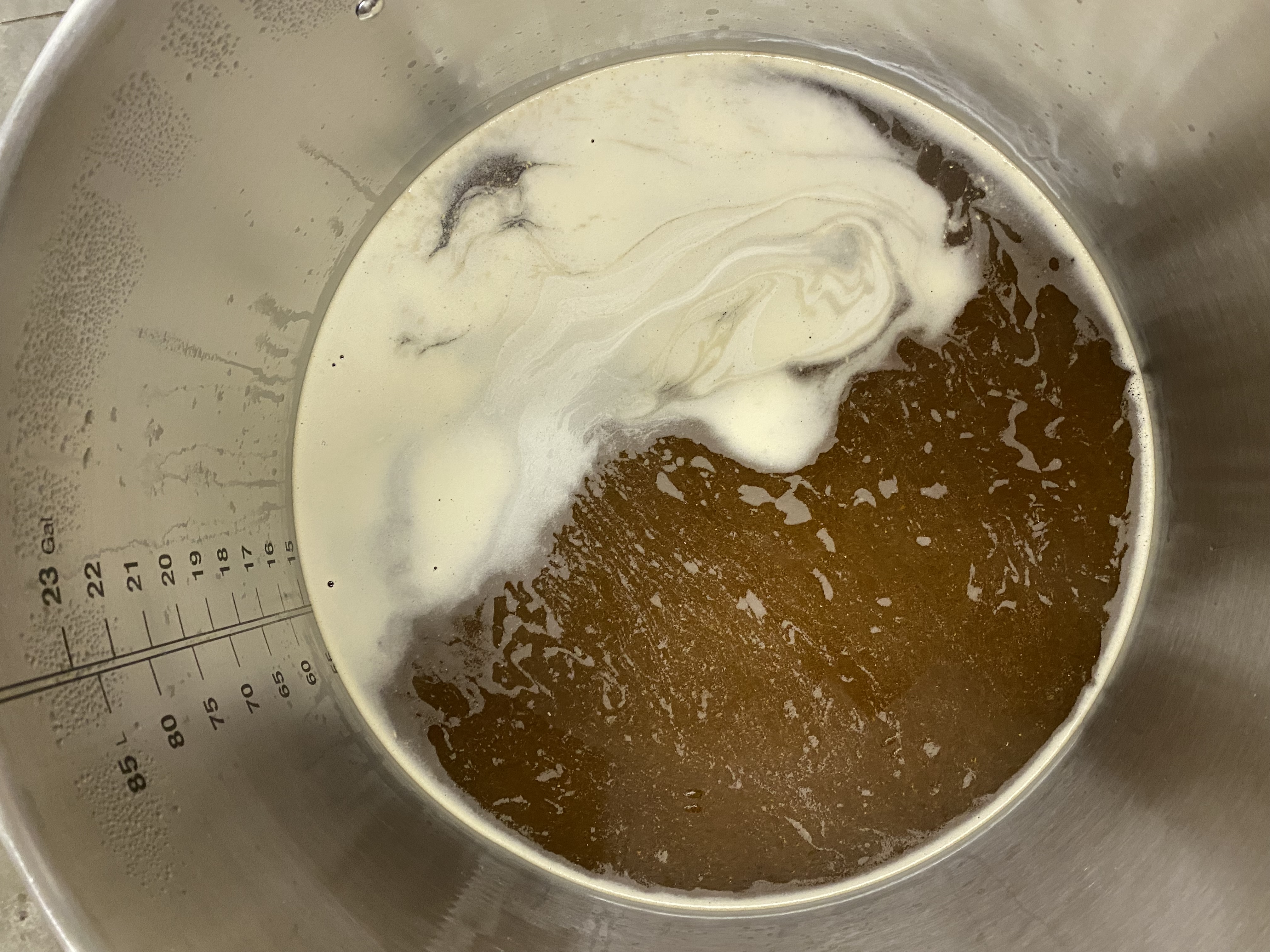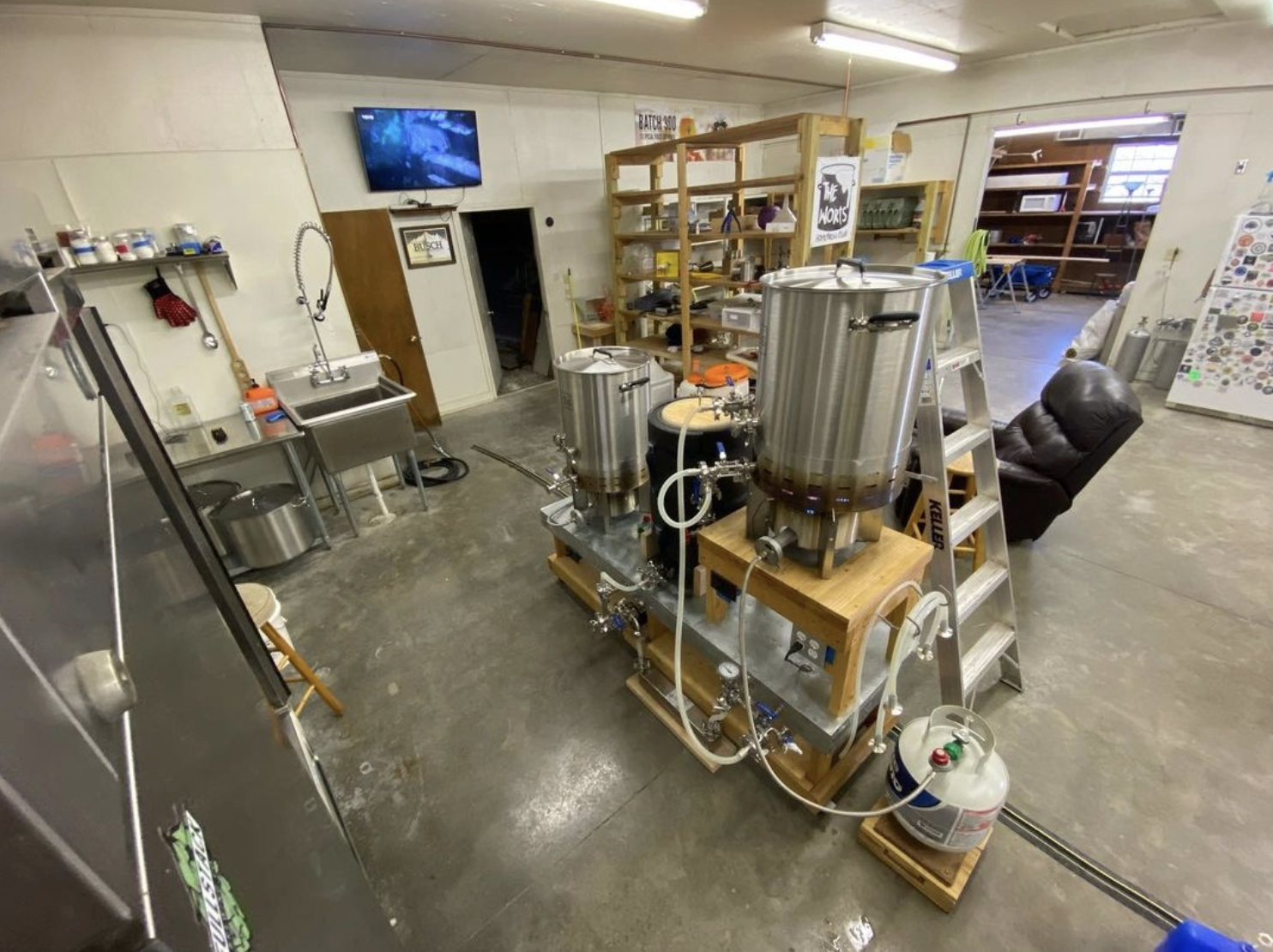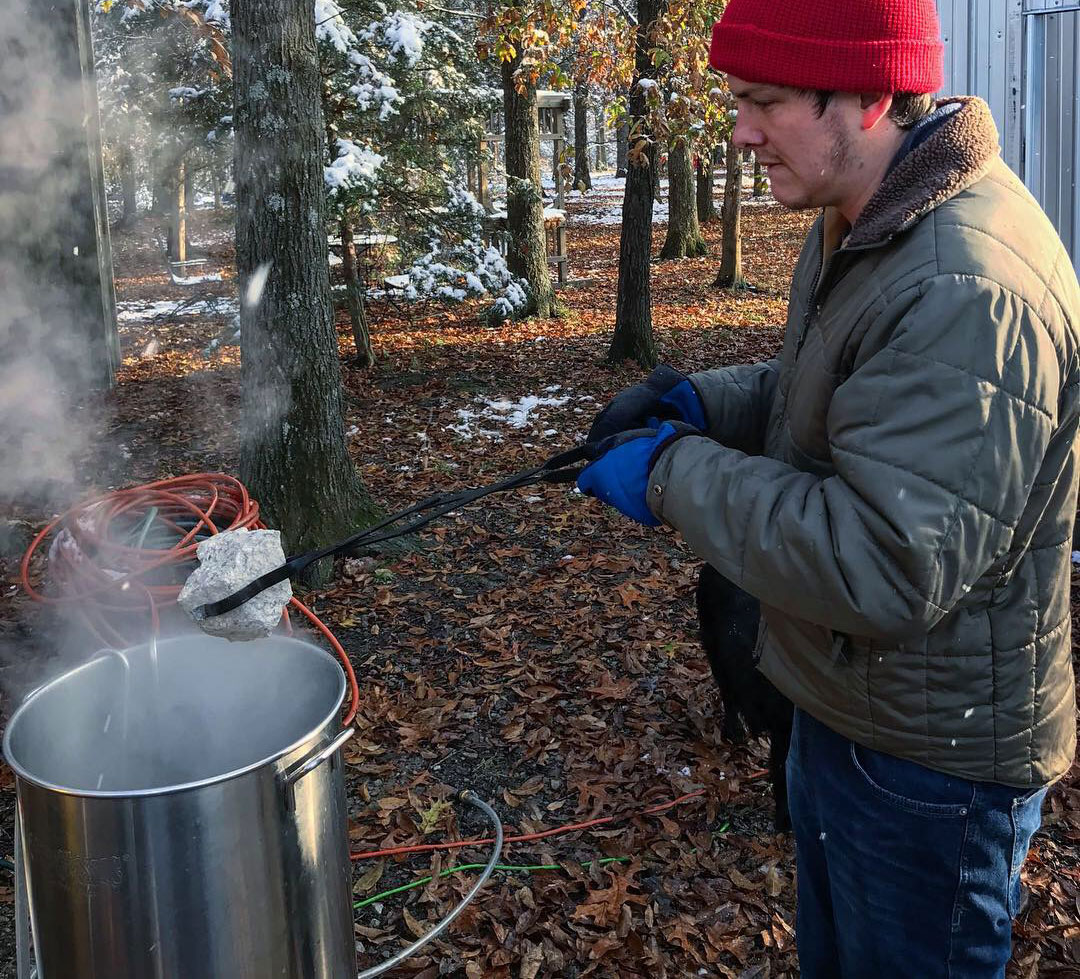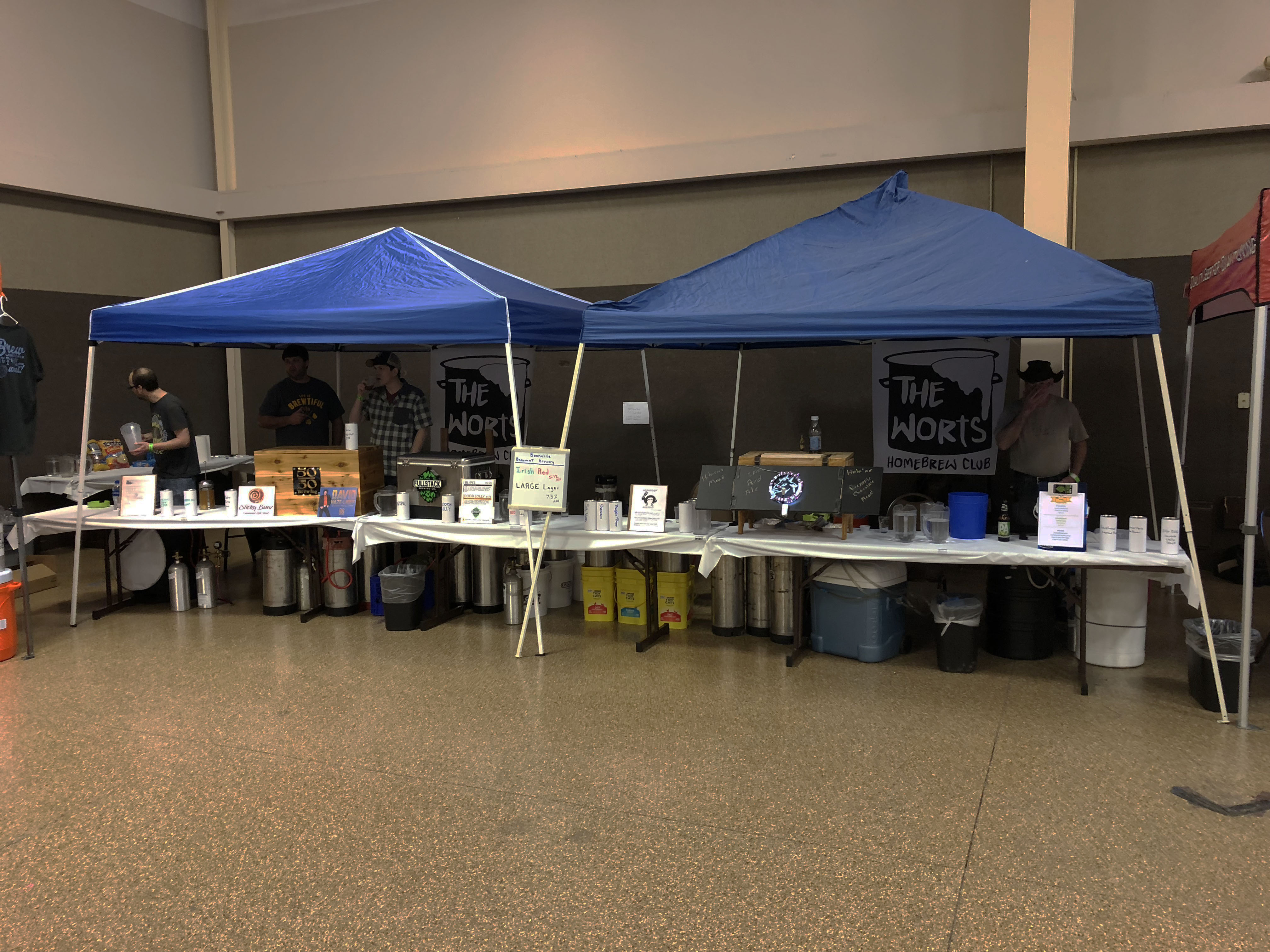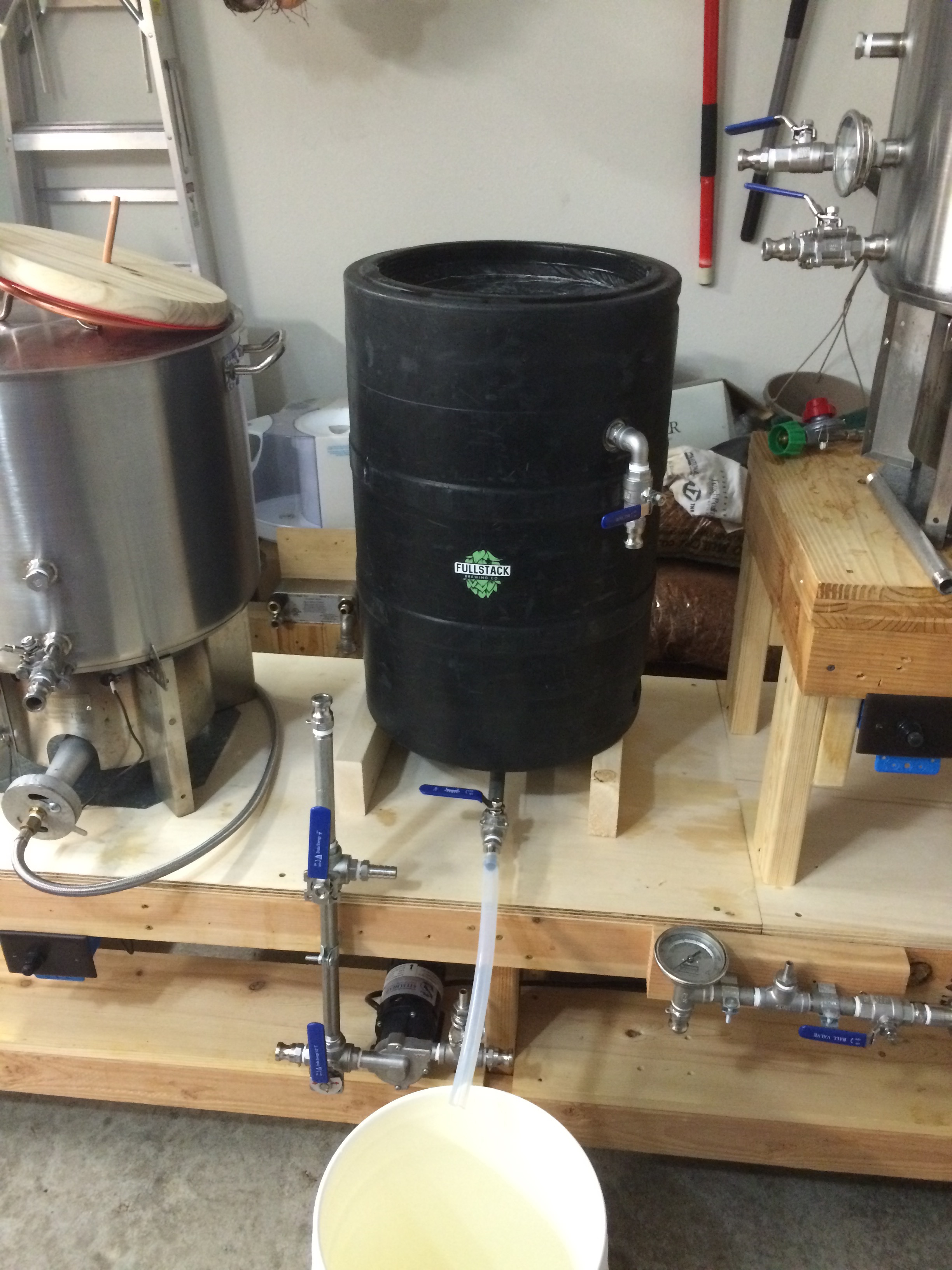The Quest for Quad
Belgian Beers
Without a doubt, Belgian Beer is my favorite style of beer. From delightfully light Witbiers in the summer, fruity and spicy Saisons that keep your tastes engaged and Dark Strong Ales for evening sipping and relaxing. There is a Belgian style of beer for any occasion.
Randy Quad Emerges
When I knew I wanted to start brewing Belgian beers, I wanted mine to be a big beer: A Belgian Quad. I know this isn’t the formal name for a Belgian beer, but it relates to the style of a Belgian Dark Strong Ale the most. I had tinkered with a recipe for quite some time, but in 2018 it came into fruition. A local beer festival called the South East Craft Beer Festival came to be. The festival openly welcomed homebrewers to both serve their beers and compete in a competition.
Together, Lincoln Purvis and I decided on a Belgian Quad recipe that we would both brew and submit to the competition. Both of us brewing on completely different systems that would yield different results. On Lincoln’s system, (if I remember correctly) came out with a beer in the mid 9% ABV range. However, on my system it ended up in the lower 10% ABV range. Ultimately, mine just had a tad more ABV than his.
Thus, we needed a related name. Fortunately the Quaid Brothers came to mind! We both thought the Quaid brothers were fun actors, but obviously one was a little more eccentric than the other. The “bigger” beer went to Randy and the more “respectful” beer went to Dennis. Thus, the higher ABV went to me and the more reasonable beer went to Lincoln.
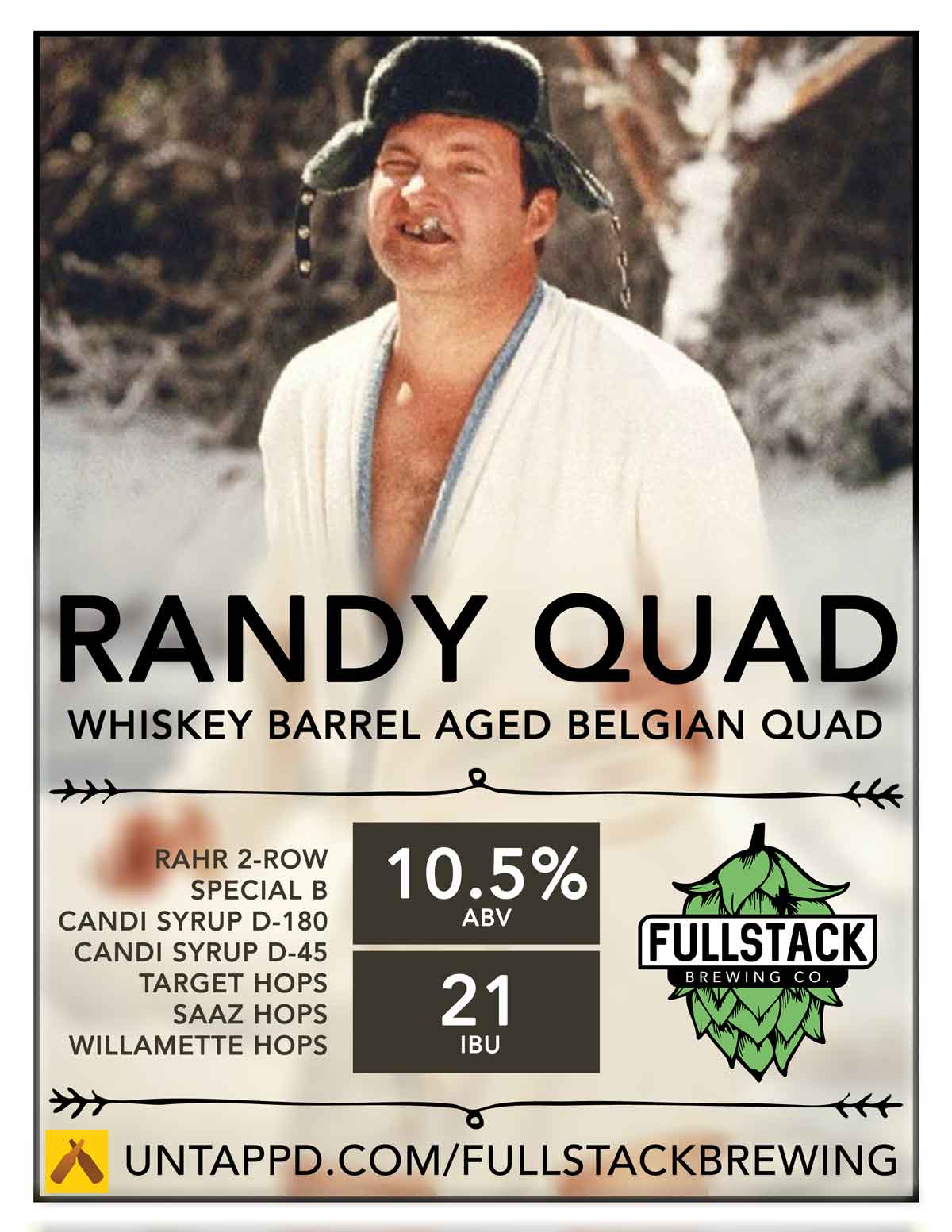
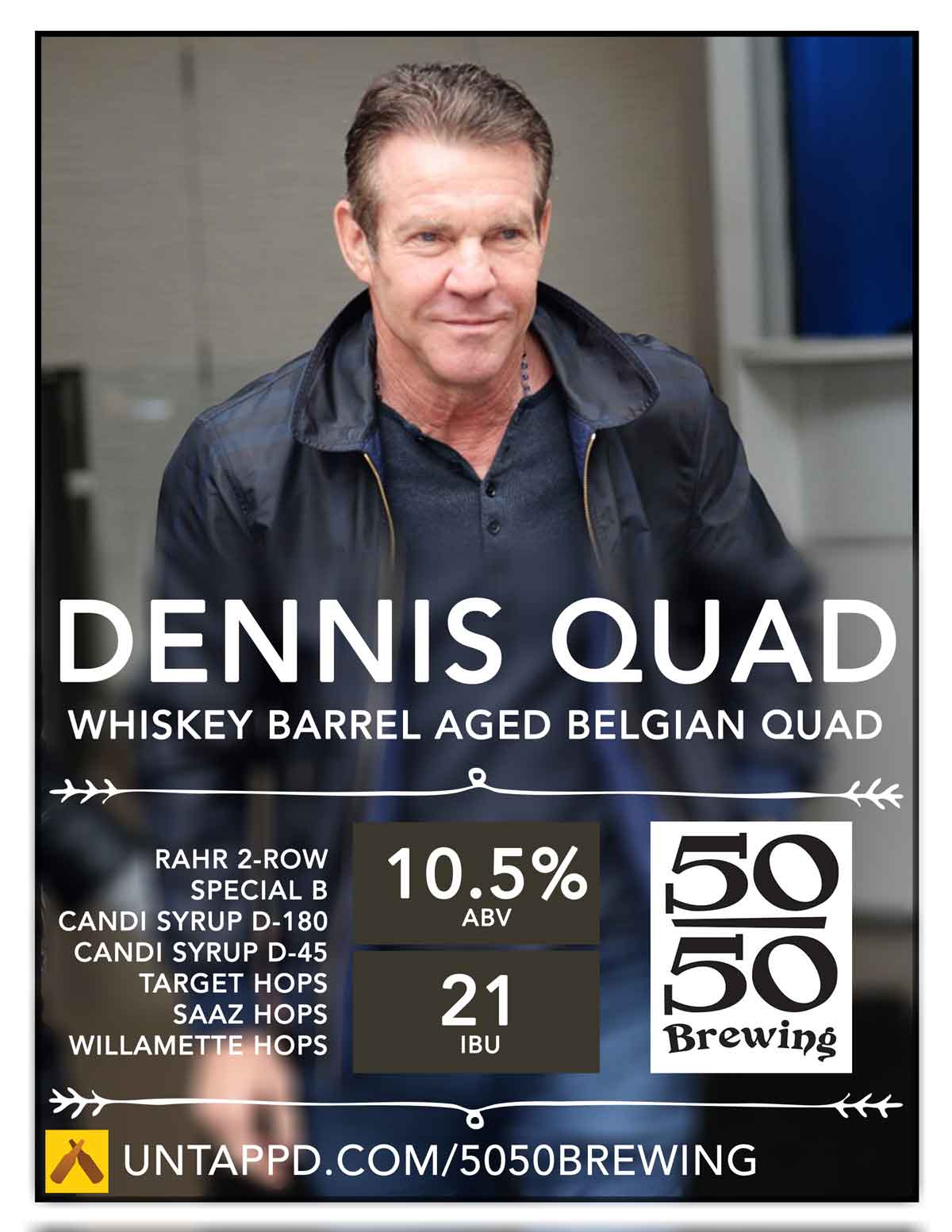
An Ever Changing Recipe
For years I have been tinkering with the recipe. The hardest part was getting a high enough mash efficiency to get the original gravity needed. Besides that, subtle grain additions were made along with different candi sugars and relative hop substitutions.
Ultimately, I wanted to shoot for a dark Belgian Quad with malty flavors, a lighter mouthfeel and an aroma with deep fruit accents. This converged on the current recipe I have going and happy to share from Brewfather: Randy Quad - Belgian Dark Strong Ale.
The Recipe to Date
Below is the rough outline of my recipe. Keep in mind this is for a 10 gallon batch, so if you want to use it, adjust accordingly!
Malts & Fermentables
For a lot of the beers I brew, I have started using Golden Promise as my base. I feel like it gives a cleaner malt flavor and allows other flavors to come through compared to basic 2-Row Pale Malt. Especially in IPA’s, but that’s a topic for another post.
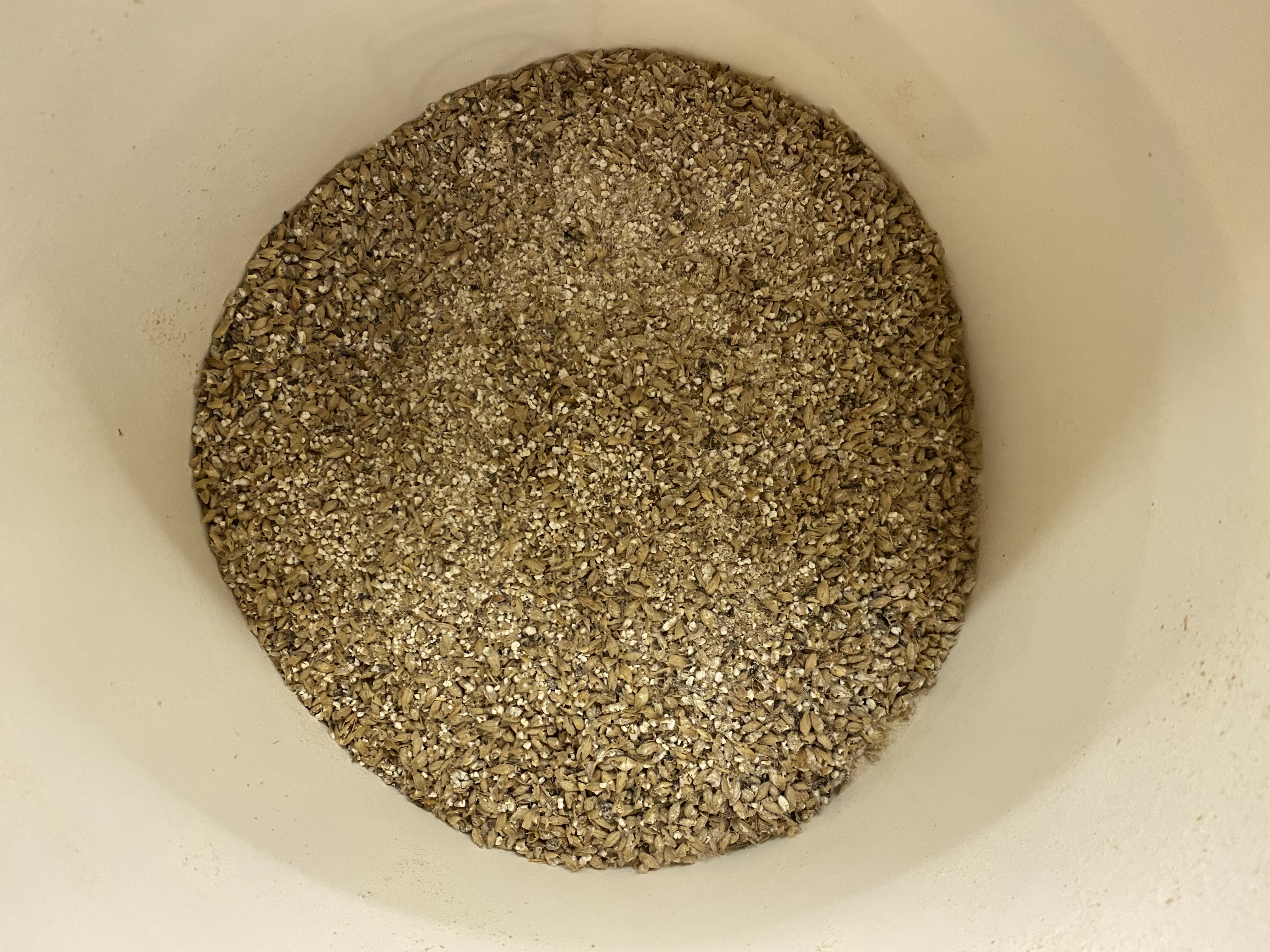
- 42.5% - Simpsons Pale Ale Golden Promise (6kg)
- 31.8% - Warminster Maris Otter (4.5kg)
- 6.4% - Briess Munich 10L (908g)
- 3.2% - Briess Carapils (454g)
- 3.2% - Special B (454g)
- 6.4% - D-45 Candi Syrup (908g)
- 3.2% - Golden Candi Syrup (454g)
- 3.2% - Clear Candi Sugar (454g)
Hops
The hop bill is pretty small and feature some European varieties along with some American.
- 22.2 IBUs - @ 60 Min - Hallertau Magnum (28g @ 14.4% Alpha Acid)
- 2 IBUs - @ 10 Min - Saaz (28g @ 3.5% Alpha Acid)
- 3.1 IBUs - @ 10 Min - Willamette (28g @ 5.5% Alpha Acid)
Yeast
My goto yeast of late for Belgian Beers has been White Labs WLP550. It’s been a versatile yeast for many styles, of which I use it for Blondes, Dubbels, Tripels and of course Quads!
- 2 Packs of WLP550
Water
For all of my beers, I start with Reverse Osmosis water from the local grocery store as my base. Where I live the water is pretty hard and I have become accustomed to building a profile from scratch. This is no admittance that I understand water chemistry, but that I put a lot of faith in what Brewfather/Beersmith has told me over the years!
- Mash - Calcium Chloride (CaCl2) (6.5g)
- Mash - Epsom Salt (MgSO4) (3.2g)
- Mash - Gypsum (CaSO4) (3.1g)
- Sparge - Calcium Chloride (CaCl2) (2.6g)
- Sparge - Epsom Salt (MgSO4) (1.3g)
- Sparge - Gypsum (CaSO4) (1.3g)
Brew Day!
So I was able to brew this recently and actually remembered to take some photos along the way.
Mash In
For this beer I like to mash in low around 149F. I won’t get into specific strike water temps, but my typical rule is to aim a little high and knock the temp down with some cold water. It’s always a lot easier to cool down a mash than it is to introduce hot water to bring it up. At this temp though, it should hopefully help thin it out in the mouthfeel and boost the amount of fermentables you would get after sparging.
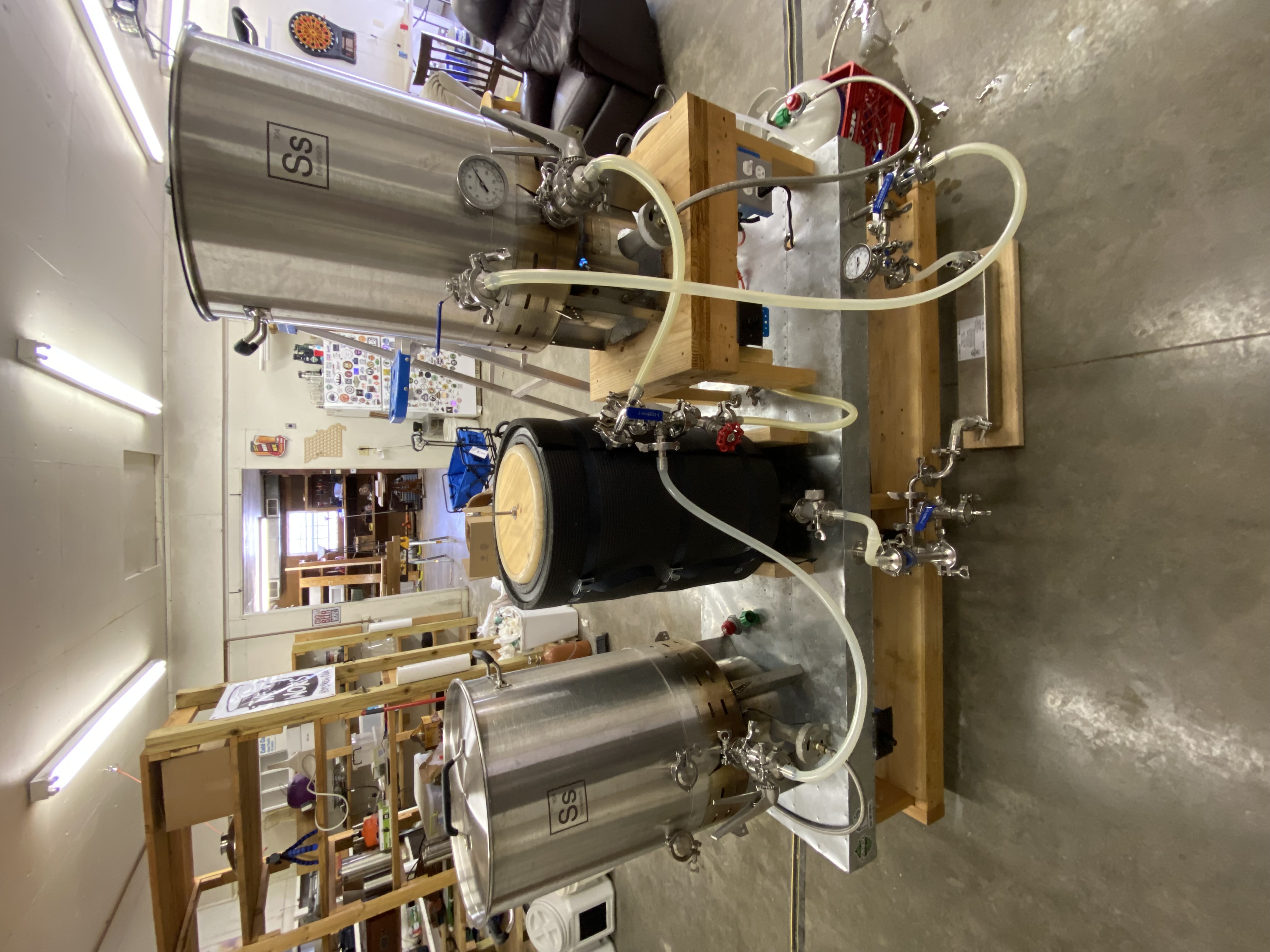
Sparging and Boil
Allways go nice and slow with your sparge. The slower you go the more extraction you can get from the mash. Once sparged, I do a typical 60-minute boil. The malt bill produces a nice dark color, roughly around 17SRM.
One tip I have learned over the years while sparging is to turn the boil kettle burner on, but keep it low. That way while you are sparging you can slowly heat the wort up, but not bringing it to a boil. Thus saving you some time when getting the wort to a full boil.

Fermentation
Once the boil is done, it’s time to cool it down and transfer it over to your fermenter. With bigger Belgian Beers, I like to let the temp rise, but still have some control over it. I typically start the fermentation at 68F. Then every 24 hours, let it jump up 2F. I do this until I get to around 78F and then let it finish out at that temperature. So roughly:
- Day 1 - 68F
- Day 2 - 70F
- Day 3 - 72F
- Day 4 - 74F
- Day 5 - 76F
- Day 6 - 78F
After that, it’s just a game of patiently waiting for things to finish! I hope anyone who reads this has found something useful from it. Of course, if you have any question/comments please reach out! Cheers!
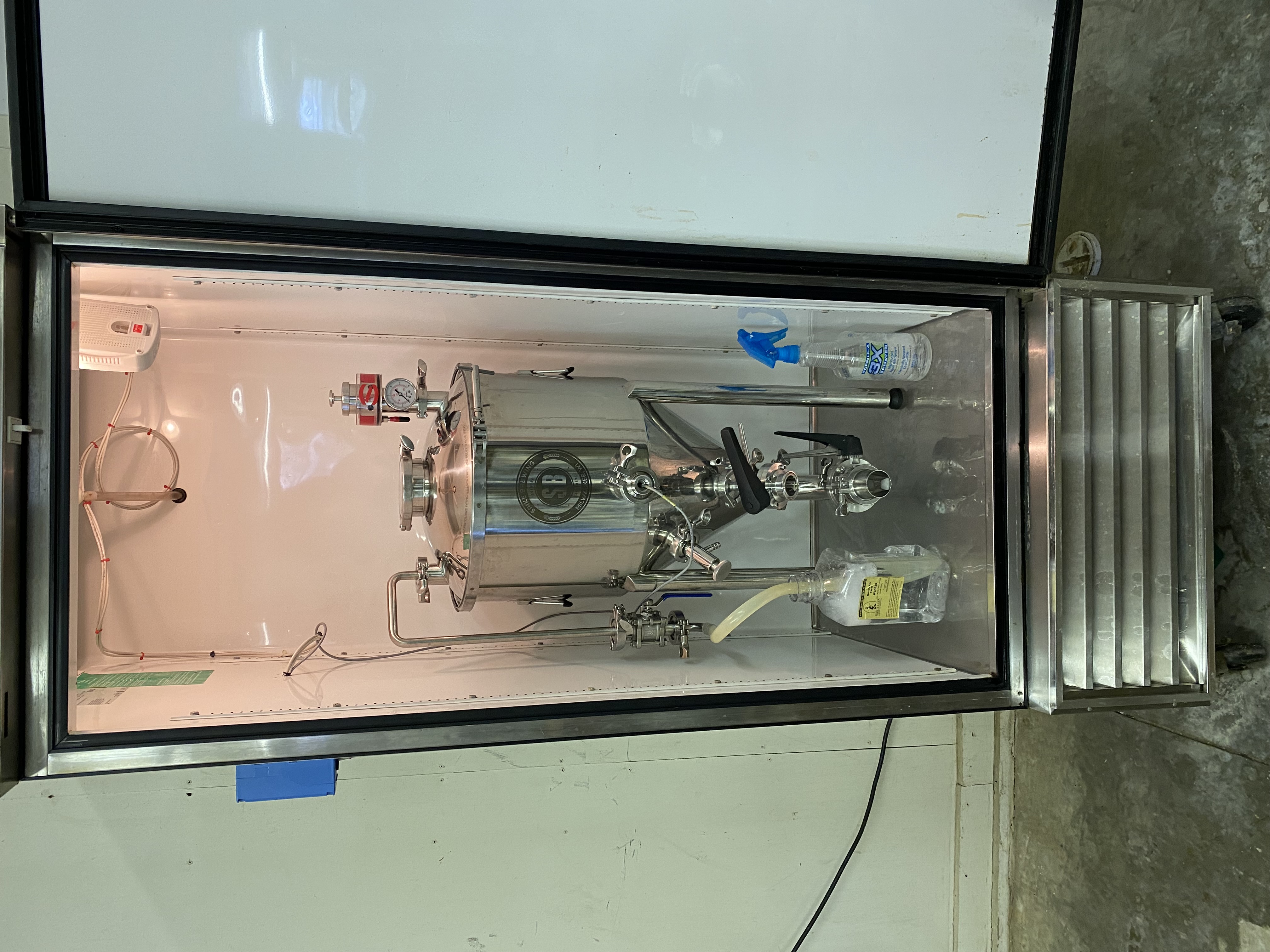
The Quest for Quad
